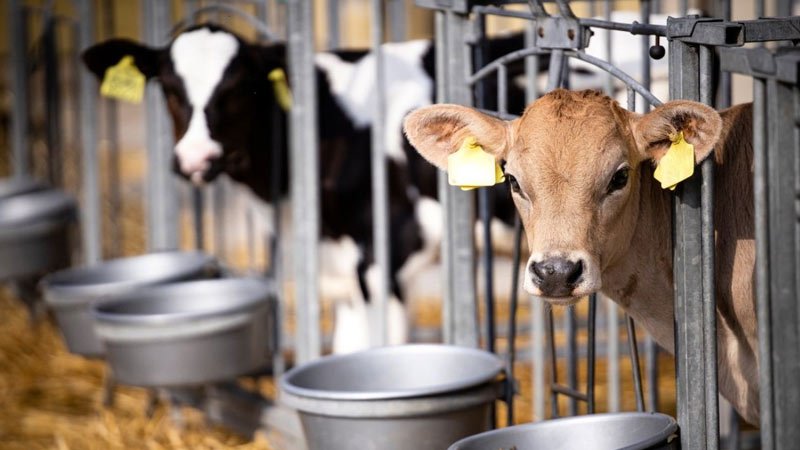
Bridge Michigan
A dairy farm worker in Michigan has tested positive for an H5 bird flu virus, marking the second human case linked to the unprecedented outbreak of highly pathogenic avian influenza H5N1 among dairy cows in the US.
According to the NBC, for Disease Control and Prevention (CDC), the worker experienced only a mild eye infection and has since recovered, similar to the first case involving a dairy farm worker in Texas. The Michigan worker was monitored for symptoms due to exposure at a dairy farm with H5N1-infected cattle.
At a press briefing on Wednesday, CDC Principal Deputy Director Nirav Shah explained that the worker was part of an active surveillance system. The state’s health department sent daily text messages inquiring about symptoms. The infection was identified when the worker reported symptoms.
Health officials took swabs from the worker’s nose and eye. The CDC received the swabs on Tuesday and confirmed that while the nasal swab was negative, the eye swab tested positive for the virus.
“We found this case because we were looking for this case,” Shah said, emphasizing that the CDC and Michigan were prepared for and expecting an additional human case. as reported by US Today
In a separate statement, Michigan’s chief medical executive, Natasha Bagdasarian, stressed that the state has been closely monitoring the situation. “The current health risk to the general public remains low.
This virus is being closely monitored, and we have not seen signs of sustained human-to-human transmission at this point. This is exactly how public health is meant to work, in early detection and monitoring of new and emerging illnesses.”
The CDC also reiterated that the risk to the general public remains low but highlighted the importance of precautions for those exposed to infected or potentially infected animals.
The exact mode of transmission to the worker is unclear, but the CDC suspects that the infection may have resulted from raw milk splashing into the worker’s eye or from the worker rubbing their eyes with contaminated hands.
Raw milk from infected cattle has been found to carry extremely high levels of H5N1. It is also unclear if the worker had access to personal protective equipment, such as a face shield, which the federal government has been working to distribute.
Currently, the CDC has confirmed that the worker has an H5-type influenza infection. Further testing to specifically identify the virus as H5N1 has not yet been completed. The CDC expects to have genetic sequencing results within one to two days to determine if the virus is the same strain found in cows and if it has acquired any mutations that could increase its ability to spread among humans.
Each new infection gives H5N1 the opportunity to adapt to new hosts, and experts are closely monitoring the outbreak in dairy cows—first detected in March—for signs that the virus may become capable of causing a human outbreak. told by Reuters
Dawn O’Connell, assistant secretary for Preparedness and Response within the US Department of Health and Human Services, stated during the briefing that, as a precaution, the federal government is finalizing the production of 4.8 million doses of H5N1 vaccine that matches the strain circulating in dairy cows.
To date, the US Department of Agriculture has recorded 52 dairy cow herds infected with H5N1 across nine states, with Michigan reporting 19 of these infected herds.






